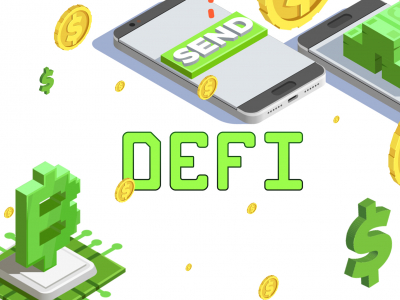The Securities Commission of the Canadian province of Ontario came to the conclusion that the bankruptcy of QuadrigaCX was provoked by fraudulent actions of its founder.
The Ontario Securities Commission released a report on the bankrupt QuadrigaCX cryptocurrency exchange, due to the collapse of which users lost almost $200 million in cryptocurrencies. The regulator came to the conclusion, which many suspected: the crypto exchange was a scam.
“The downfall of crypto asset trading platform QuadrigaCX (Quadriga) resulted from a fraud committed by Quadriga’s co-founder and CEO Gerald Cotten,” the report said. The exchange "operated like a Ponzi scheme," the regulator adds.
“In its final months, Quadriga had almost no assets left and was operating like a revolving door—new client deposits were immediately re-routed to fund other clients’ withdrawals,” the report said.
In December 2018, Cotten died under mysterious circumstances in India. The death of the founder became known in January 2019, after users faced the inability to withdraw their assets from the accounts of the exchange. The QuadrigaCX team reported that Cotten was the only key holder to the exchange's wallet. But a later check confirmed: there was no such amount of funds on the exchange accounts that users wanted to withdraw.
According to Canadian authorities, Cotten created several trading aliases to simulate the volume on Quadriga, to trade with other users using funds that were not there, and then transferred the deposited funds of users to other exchanges where he traded with their personal purposes.
According to the Commission, Cotten lost about $28 million as a result of trading activities that he conducted on third-party crypto exchanges. Another $115 million turned out to be completely drawn in the balance: Cotten, under various pseudonyms, falsified data on deposits, and with the help of hand-drawn funds he traded against real users on the platform. About $2 million were removed from the accounts of the exchange for the purchase of expensive cars and real estate. In the first year of the cryptocurrency exchange, 2014, Cotten faked from 75% to 100% of the trading volume on QuadrigaCX.
Nevertheless, the Canadian regulator calls not to disseminate conclusions about QuadrigaCX throughout the whole cryptocurrency market. “The misconduct we uncovered in relation to Quadriga is limited to Quadriga and should not be understood as applying to the crypto asset platform industry as a whole.”











